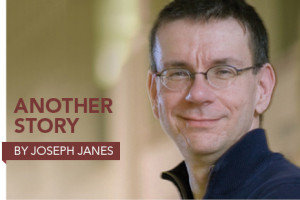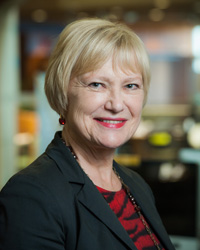
Often statistics tell a story that spurs us to action. Consider:
- Only 13% of African-American male 4th graders and 11% of African-American male 8th graders scored at or above proficient on national reading tests;
- Barely half of all African-American males graduate from high school, and only 5% go to college;
- Black male teens are eight times more likely to die from homicide than white male teens;
- African-American males make up only 14% of the US population but nearly 40% of prison inmates;
- Despite research that links quality school library programs to increased student achievement, many African-American youth live in communities where school libraries are underfunded, collections are out of date, and full-time librarians are scarce.
These findings are discussed the 2012 report we coauthored, “Building a Bridge to Literacy for African-American Male Youth: A Call to Action for the Library Community.” The report is the namesake of the June 2012 summit that took place at the University of North Carolina at Chapel Hill, with funding from a 2011 grant from the Institute of Museum and Library Services and a partnership with North Carolina Central University library school. As Ernest Morrell, one of the summit keynote speakers, reminded participants: “Literacy is not just about decoding text. It is about becoming a superior human being that can act powerfully upon the world.”
Anna Teeple of the North View Junior High in Brooklyn Park, Minnesota, says that reading about the “Building a Bridge” approach made all the difference for her International Baccalaureate school. North View serves a population that is 90% students of color, 49% of whom are African American. Poor test scores had caused North View to be designated a school in need of improvement). “We began examining the institutional racism of schools and our biases as a predominately white staff,” says Teeple. The Bridge materials “encouraged me to go deeper with more implementation, specifically for African-American males.” The school’s current scores indicate that North View has made significant gains in closing its achievement gap.
“This work is overwhelming, personal, and takes an extremely dedicated staff,” says Teeple. “However, changing our school and watching our African-American males experience success is worth it.”
The summit has sparked several initiatives designed for school and public librarians, including:
- “Libraries, Literacy, and African-American Male Youth,” a free online professional development tool designed to help school and public librarians develop programs and services that will best meet the needs of African-American male youth. This toolkit, developed by 2013 MLS recipient Amanda Hitson, includes 10 modules that present research-based best practices for working with African-American male youth;
- An archived LEARN NC webinar, “Are You Prepared to Meet the Literacy Needs of African-American Youth?” that offers strategies for developing culturally responsive library programs;
- The Culturally Responsive Library Walk, an observation and planning document (PDF file) that librarians can use to assess their program’s cultural sensitivity;
- Information on identifying culturally relevant and enabling texts that have the potential to motivate African-American males to become better readers and take positive action in their lives.
In his “I Have a Dream” speech, Martin Luther King Jr. said, “This is no time to engage in the luxury of cooling off.”
In that spirit, this is the time for youth librarians to take action.
SANDRA HUGHES-HASSELL is a professor in the School of Information and Library Science at the University of North Carolina at Chapel Hill, and CASEY RAWSON is a doctoral student there. Their emails are smhughes[at]email.unc.edu and crawson[at]email.unc.edu.


